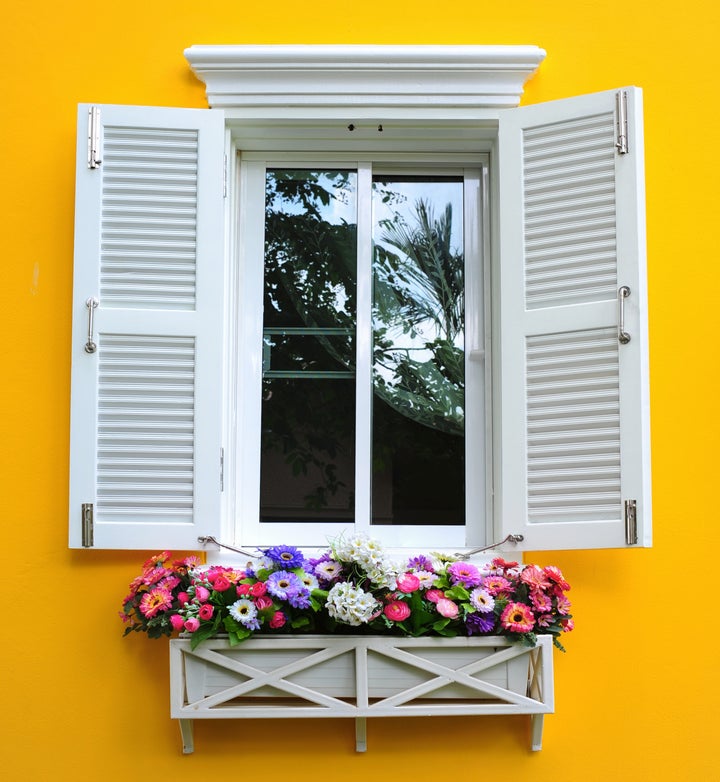The sound of bees buzzing around the garden is a familiar one throughout spring and summer – but according to researchers, a number of species are under threat.
Analysis of wild bee and hoverfly species by the Centre for Ecology and Hydrology in Wallingford found they had disappeared from a quarter of the places they were tracked at in 1980.
According to separate University of Bristol research, gardens are far more attractive to bees than open parks, for example, as they typically host a greater number of nectar-rich flowers and weeds.
A significant factor is the destruction of natural habitats, but there are steps you can take to help them thrive this spring. Here’s how to turn your outside space into a bee haven.

Get Planting
Whether you have a garden, balcony, or window sill full of plant pots, the easiest thing to do is buy a pack of assorted wild flower seeds and scatter them in the soil.
Lavender, borage, dandelions, thistles, brambles and buttercups are all particularly important plant species in urban areas, the researchers found. Open flowers such as daffodils and tubular-shaped flowers such as foxgloves and honeysuckle are also bee-favourites, according to Gardener’s World.
Create A Bee Hotel
Bee hotels are spaces where bees can nest – they should be at least a metre off the ground and ideally sheltered from any rain. Friends of the Earth suggests you can make one out of an old plastic bottle by stuffing it with nesting materials, such as twigs and stems. Full instructions can be found here.

Give Them Water
Bees also need to drink and they prefer rainwater. If you’re lucky enough to have a pond, planting flat-leaved plants like waterlilies can give bees somewhere to land. Or, if you have a smaller-sized outdoor space, filling a tray with water and a few stones can help it look appealing (and may help other wildlife too, such as birds).
Adding a few floating corks can help to make it ultra-insect friendly, as it gives them somewhere to land.
